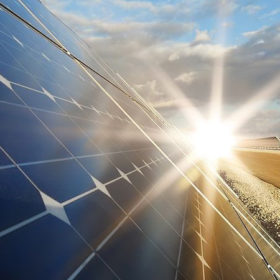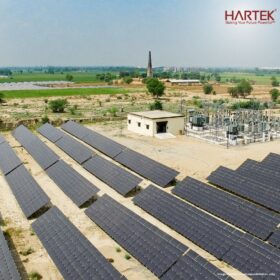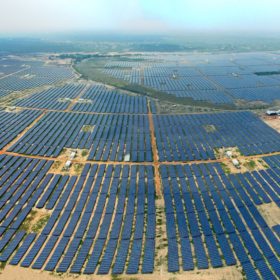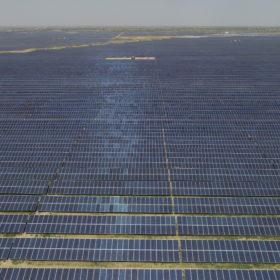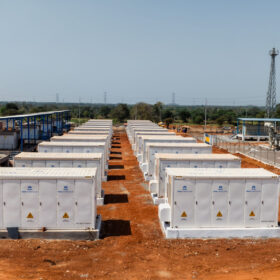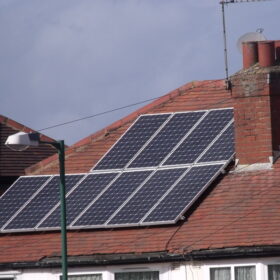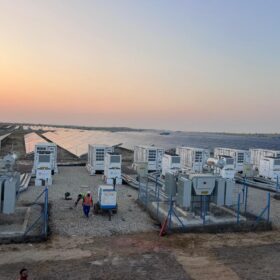Major trends in the Indian solar PV sector
The Indian solar PV sector is experiencing transformative trends, driven by a combination of technological advancements, government support, and a growing awareness of the need for sustainable energy sources. The rapid expansion of solar capacity, coupled with innovations such as floating solar farms and green hydrogen production, paints a promising picture for the future of renewable energy in India.
Hinduja Renewables wins 140 MW solar power project in GUVNL tender
Hinduja Renewables will develop 140 MW of solar power projects to supply power under a 25-year power purchase agreement with GUVNL. The project can be located anywhere in India.
Adani Green completes 1,050 MW renewables transfer to TotalEnergies JV
Adani Green Energy Ltd has sold half the stake in its 1,050 MW of renewable energy projects to TotalEnergies, raising $300 million to support the development of these assets. The projects are now owned by a joint venture between the two companies.
Promoters to invest $1,125 million equity in Adani Green
Adani Green Energy Ltd stated the funds will be utilized for deleveraging and accelerated capital expenditure to achieve 45 GW of renewable energy capacity by 2030.
Hartek secures 400 kV substation order for SPRNG Energy’s 300 MW solar plant
The substation will support a 300 MW solar power plant at Ramsan Village in the Indian state of Gujarat.
A look back at solar in 2023
The Indian government has demonstrated a robust commitment to advancing solar energy by implementing various strategic initiatives.
Adani Green concludes PPA tie-up for entire 8 GW of solar capacity won under SECI’s manufacturing-linked tender
With the signing of the balance 1,799 MW PPA recently, Adani Green Energy Ltd has completed the power offtake tie-up for the entire 8 GW of PV projects secured under Solar Energy Corp of India’s manufacturing-linked tender.
Thin-film solar is the future of agrivoltaics
In contrast with traditional panels, thin-film solar modules are much more adaptable to these agricultural situations, thanks to their flexible, lightweight design.
Solar manufacturers unite to develop standards for 700 W-plus modules
Solar module size standardization will enhance supply chain efficiencies, boost production, and lower costs, according to the 700W+ Photovoltaic Open Innovation Ecological Alliance, which aims to accelerate the industrialization of PV modules above 700 W.
PFC Consulting allocates 1.25 GW of solar for $0.030/kWh
NTPC Renewable Energy has secured 900 MW in PFC Consulting’s 1.25 GW solar auction. Acme Cleantech won 300 MW and Solarcraft 50 MW.

